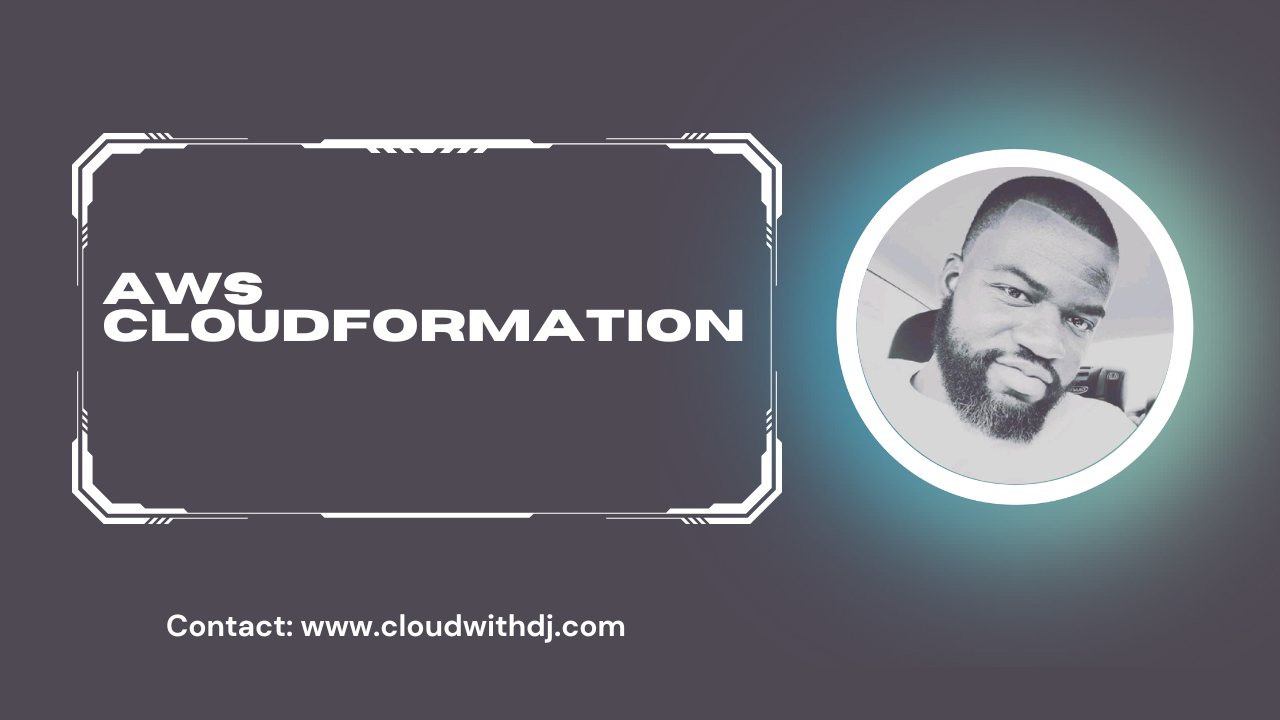AWS CloudFormation enables you to create and provision AWS infrastructure deployments predictably and repeatedly. It helps you leverage AWS products such as Amazon EC2, Amazon Elastic Block Store, Amazon SNS, Elastic Load Balancing, and Auto Scaling to build highly reliable, highly scalable, cost-effective applications in the cloud without worrying about creating and configuring the underlying AWS infrastructure. AWS CloudFormation enables you to use a template file to create and delete a collection of resources together as a single unit (a stack).
AWS Services explained in simple words for beginners. Today’s focus is CloudFormation.
🤔 Imagine you want to build the greatest eco-friendly house by yourself somewhere in Texas. You realize you need special construction materials, plumbing, electrical installation, roofing, and other things. But it’s freezing outside. So you decided to tell a robot what you need and it’ll do it for you.
🛠 Bingo! AWS CloudFormation is similar. Just like how you might talk to a robot and it builds the house based on your instructions. So you automated the task of building the house. This is how AWS CloudFormation works.
✏ CloudFormation allows you to define and manage AWS infrastructure as code. It helps in automating infrastructure management and ensures consistency across your AWS environment.
✅ Benefits of CloudFormation simplified for you:
1️⃣ Automation: you can tell AWS what you want in a template, and it takes care of the rest. No need to do things step by step
2️⃣ Version Control: you can keep track of changes over time and easily roll back to a previous version if something goes wrong.
3️⃣ Third-Party integration: you are able to integrate CloudFormation with continuous integration tools, making it part of your development and deployment pipelines.
4️⃣ Scalability: you can scale your infrastructure up or down based on your needs.
❓ Have you used CloudFormation? What are the pros and cons?
– – –
Ready to learn more about AWS CloudFormation, view the documentation https://docs.aws.amazon.com/cloudformation/


Leave a Reply